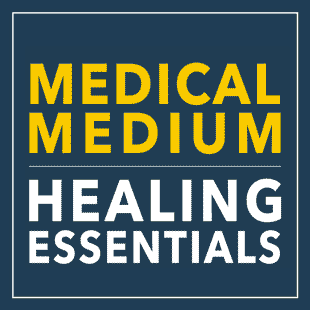Watch: Purslane

Purslane
Purslane is a common edible wild food that grows throughout the world and has more recently become a popular cultivated salad green. It contains the highest amount of alpha linoleic acid (which is the precursor to omega-3 fatty acid) and vitamin A out of any of edible plant which makes it one of the most nutrient rich green leafy vegetable to eat.
Purslane also contains CoQ10, glutathione, dopamine, and melatonin which can not only can help regulate your sleep cycle, but also inhibit cancer growth as well. Purslane is excellent for boosting the immune system, improving vision, sharpening cognitive abilities, and strengthening the cardiovascular system. It is also great for helping to improve the effectiveness for treatment for bipolar disorders, schizophrenia, hyperactivity, depression, autism, ADD, and Alzheimer’s disease.
Purslane is a rich source of vitamins C & B-complex and minerals such as calcium, magnesium, iron, and manganese. Purslane contains a betalin alkaloid that has anti-mutagenic properties that can help to prevent or slow down the growth of tumors in the body. Purslane also contains powerful anti-inflammatory properties and is an ideal food for those suffering with autoimmune disorders such as fibromyalgia, rheumatoid arthritis, chronic fatigue syndrome, COPD, irritable bowel syndrome, and lupus.
Purslane is known to be good for hemorrhoids, diarrhea, dysentery, constipation, and parasites. In ancient Egypt, purslane was used to help prevent and treat heart disease, heart failure, and stroke. Purslane leaves are crisp, chewy, and succulent with a mild lemony taste. It is a perfect addition to fresh vegetable juice and it also blends well with other herbs and leafy greens in a salad.
The whole plant can be steamed, sauteed, or added to soups or stews. It’s mucilaginous texture gives it a thickening power similar to okra. Purslane can be often be found at your grocery store or farmer’s market alone or in a salad mesclun mix.
This item posted: 11-May-2015
The information provided on this Site is for general informational purposes only, to include blog postings and any linked material. The information is not intended to be a substitute for professional health or medical advice or treatment, nor should it be relied upon for the diagnosis, prevention, or treatment of any health consideration. Consult with a licensed health care practitioner before altering or discontinuing any medications, treatment or care, or starting any diet, exercise or supplementation program. Neither Anthony William nor Anthony William, Inc. (AWI) is a licensed medical doctor or other formally licensed health care practitioner or provider. The content of this blog and any linked material does not necessarily reflect the opinions of Anthony William, AWI or the principal author, and is not guaranteed to be correct, complete, or up to date.
Thanks for printing this post. For more, visit www.medicalmedium.com


